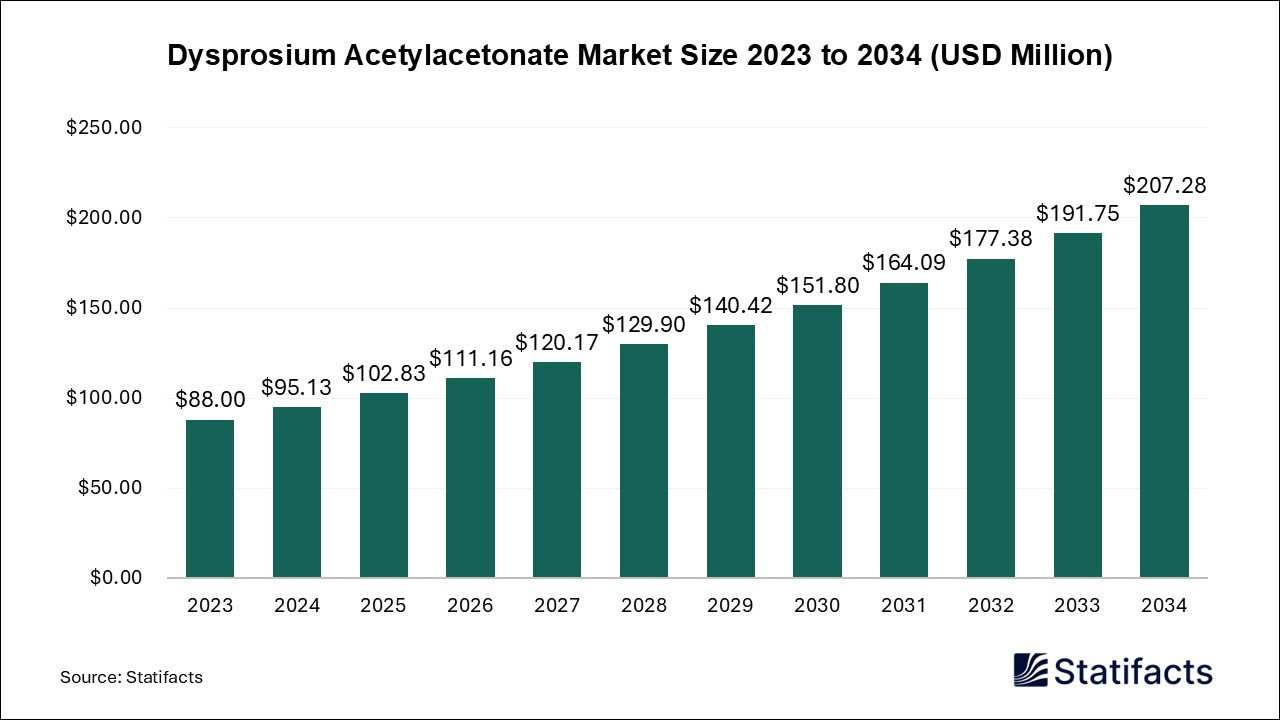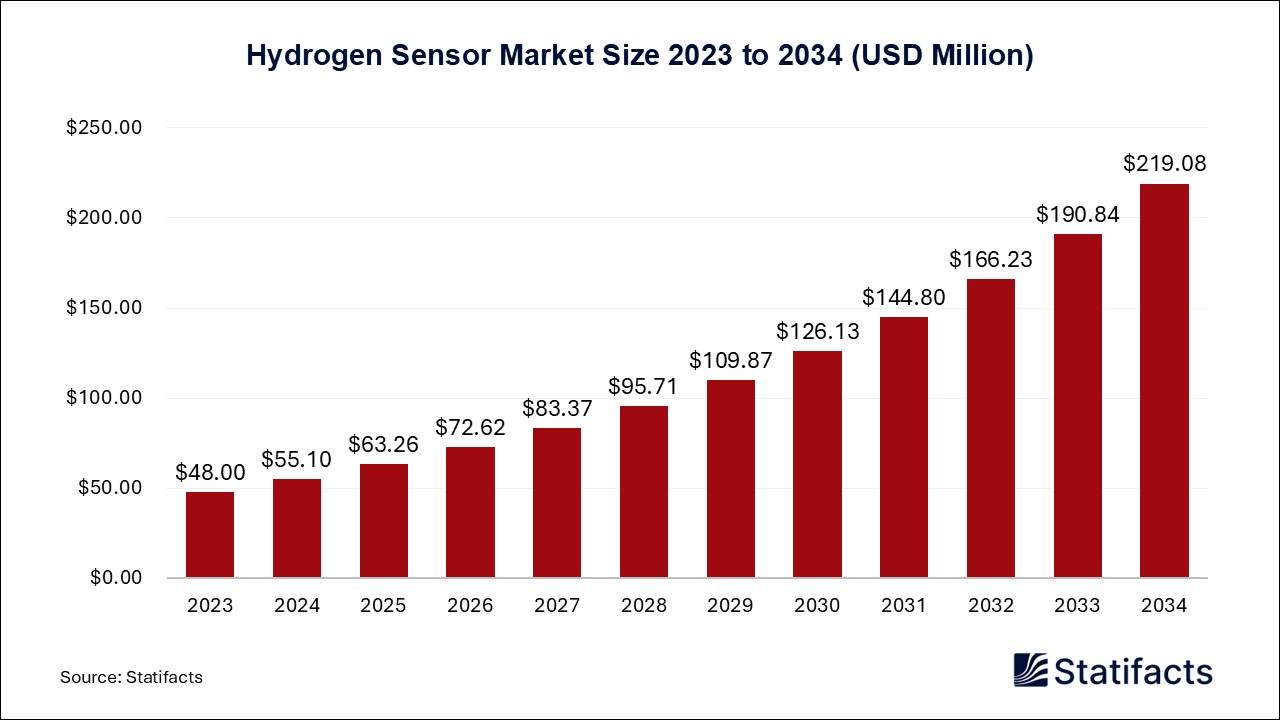

Our customers work more efficiently and benefit from
The global pharmerging market size surpassed USD 1,900 billion in 2024 and is predicted to reach around USD 4,380 billion by 2034, registering a CAGR of 8.7% from 2025 to 2034.
| Industry Worth | Details |
| Market Size in 2024 | USD 1,900 Billion |
| Market Size in 2025 | USD 2,070 Billion |
| Market Size by 2034 | USD 4,380 Billion |
| Market Growth Rate from 2025 to 2034 | CAGR of 4.9% |
The pharmerging market, which refers to rapidly expanding pharmaceutical markets in emerging economies, has expanded rapidly as a result of government initiatives to strengthen medical infrastructure, healthcare access, and rising disposable income. Countries like China, India, Brazil, and Russia are spearheading growth in the sector as various treatment-deficient areas witness a higher demand for cost-effective medicines. Changing population dynamics, including a shift towards urbanization, lengthening lifespans, and universal access to healthcare schemes, are said to be the main forces behind the pharmaceutical market development in emerging economies.
One of the main factors fuelling the pharmerging market growth is the rapid expansion of healthcare infrastructure in emerging economies. Governments are beginning to invest in hospitals, clinics, and pharmaceutical distribution networks to expand healthcare reach. The growth of universal healthcare schemes in China and India, with increased demand for low-cost drugs, has significantly created new opportunities for pharmaceutical companies.
The changing healthcare needs and increasing disposable income in upcoming economies are allowing more of the population access to pharmaceuticals, thus driving demand in the market. Changes in lifestyle, aging populations, and urbanization are adding to the rising disease burden. In this regard, governments and private players alike are playing a crucial role in expanding access to generics, biosimilars, and preventive care.
The fast-growing generic and biosimilar patients compelled pharmaceutical demand in the growing pharmerging market. To reduce expenditure in the treatment of diseases while administering policies, many emerging economies will implement plans to encourage the production of generic drugs as a way to reduce healthcare costs and make them more affordable. More importantly, biosimilars are garnering traction as a cost-effective alternative to expensive biologics for indications such as autoimmune diseases and oncology. Therefore, the growth impulse in the generics and biosimilars segment will continue to be a driving factor for the market.
Despite strong growth potential, the pharmaceutical market faces challenges related to regulatory frameworks and intellectual property (IP) protection. Many emerging economies have complex and evolving pharmaceutical regulations, creating hurdles for international drug manufacturers. Additionally, patent disputes and concerns over drug quality and counterfeit medications present risks to market stability. Companies operating in these regions must navigate regulatory complexities to ensure compliance and maintain consumer trust.
Artificial intelligence is revolutionizing the pharmerging market by streamlining drug discovery, optimizing supply chains, and improving patient outcomes. AI-driven analytics help pharmaceutical companies identify market trends, predict drug demand, and enhance inventory management. Additionally, AI-powered diagnostic tools and personalized medicine solutions are expanding healthcare accessibility in emerging markets. By enabling more efficient research and development processes, AI is accelerating the availability of cost-effective and high-quality medicines in developing economies.
Many emerging economies are increasing local pharmaceutical production to reduce dependency on imports and enhance self-sufficiency. Government incentives for domestic manufacturing, coupled with rising investments in research and development, are creating a strong foundation for market expansion. The rise of telemedicine and digital health solutions is opening new distribution channels for pharmaceuticals in emerging markets.
Online pharmacies are gaining traction as they provide convenient and affordable access to medications, particularly in remote areas where physical healthcare infrastructure is limited. The growing focus on biopharmaceuticals, including biosimilars and targeted therapies, presents a significant growth opportunity. As more emerging markets invest in advanced research and development capabilities, biopharmaceutical adoption is expected to rise, catering to the growing demand for innovative treatments.
Published by Laxmi Narayan , March 2025
For any questions about this dataset or to discuss customization options, please write to us at sales@statifacts.com
| Stats ID: | 8060 |
| Format: | Databook |
| Published: | March 2025 |
| Delivery: | Immediate |
| Price | US$ 1550 |

| Stats ID: | 8060 |
| Format: | Databook |
| Published: | March 2025 |
| Delivery: | Immediate |
| Price | US$ 1550 |

You will receive an email from our Business Development Manager. Please be sure to check your SPAM/JUNK folder too.

Unlock unlimited access to all exclusive market research reports, empowering your business.
Get industry insights at the most affordable plan
Stay ahead of the competition with comprehensive, actionable intelligence at your fingertips!
Learn More Download
Download

